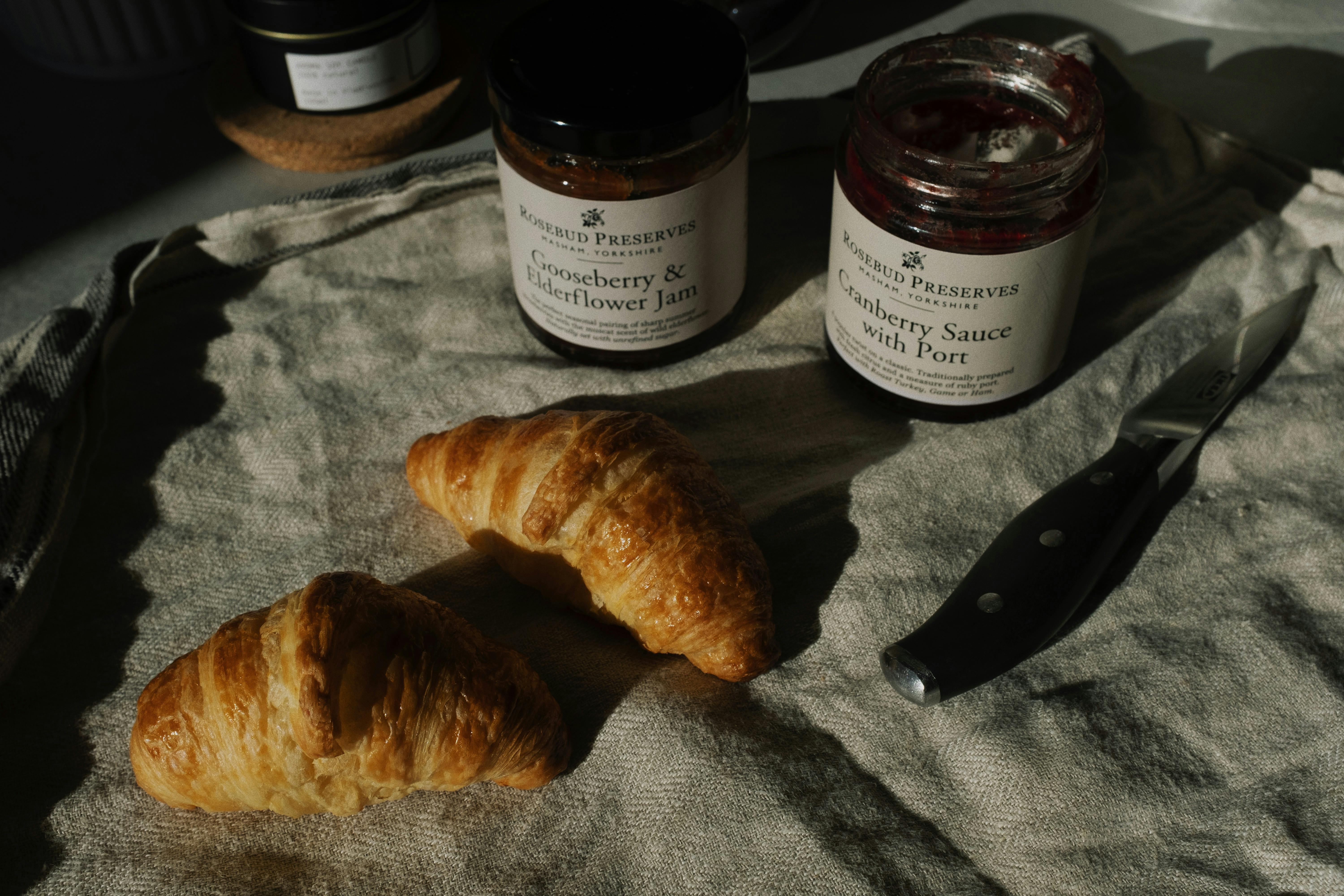
Make More Putts: Three Easy Tips
Golf is a game full of maddening contradictions. All golfers understand that the game requires concentration but not overthinking, strong focus but the ability to see the “big picture” and a routine that is rigid but allows for creativity. Nowhere are contradictions more apparent than on the putting green, where a simple task—pushing a ball into a hole in the ground—is fraught with tension and anxiety.
Golfers have tried everything from expert instruction to hypnosis, trying to help them make every putt on the green. Relax, even the pros can’t make every putt.
Rather than making the occasional 35-foot monster putt, your goal should be to master a few techniques that will allow you to sink those all-important putts—those pesky 3- to 10-foot putts—with greater confidence and much more often.
Three main skills must be mastered to become a proficient putter. First, keep your head down! Seeing the ball at impact is a simple idea, but too often it is overtaken by the excitement of wanting to see where the ball is going. Lifting your head, even slightly, to watch the trajectory of the ball before it is hit can mean a change in the angle of the putter head, often resulting in a significantly off-target line, even for putts. short. Just as important as keeping your head down is keeping it still.
A second important skill is learning to visualize. Amateur golfers typically read their putts by examining only the immediate path from the ball to the hole. In fact, you should scan as wide a perspective as possible when evaluating a putt. Try to develop a mental picture of the entire green: where the high side is, the severity of the lean, and a general idea of the speed, break, and trajectory of the ball.
Once you have assessed the entire green, narrow your focus to the area where you will be putting. Visualize how you think the ball will follow. Imagine your precise path directly into the hole. By starting with the big picture and then reducing it to a more manageable size, you take control.
Finally, think distance, not speed! While the ultimate goal of putting the ball in the hole doesn’t change, a subtle change in approach—emphasizing distance, not speed—can provide a major improvement in your overall putting ability. Distance control comes primarily from the symmetry of your stroke.
The ideal putting stroke moves both backwards and forwards, with both sides of the stroke at the same temperature. This even rhythm can be achieved through a combination of diligent practice and the real understanding that the putter, not you, is responsible for doing the work.
If you keep your head down and still, visualizing from wide to narrow before you putt, and concentrating on distance rather than speed, you’ll begin to make putts that previously eluded you.
Finally, keep things in perspective. Remember, “the people who gave us golf and called it a game are the same people who gave us bagpipes and called it music.”




No Comment